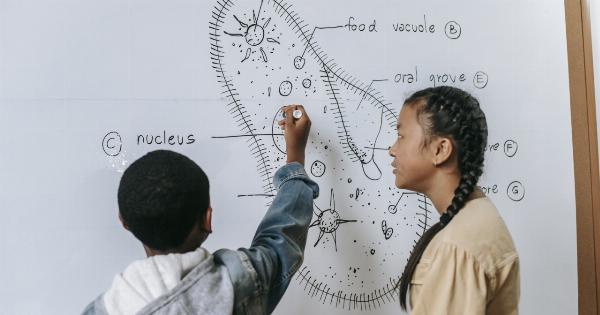Surviving Mediterranean Anemia is a long and arduous journey that some people are forced to take. Below are some stories of people who have survived with this rare disease and what they went through to get there.
What is Mediterranean Anemia?
Mediterranean Anemia, also known as Beta Thalassemia, is a genetic blood disorder that affects the production of hemoglobin in the blood. Hemoglobin is a protein in the red blood cells that carries oxygen to the various parts of the body.
People who suffer from Mediterranean Anemia have low hemoglobin levels, causing them to feel weak, tired, and short of breath. Also, they may have slow growth and delayed puberty. The disease is an inherited condition that is present at birth.
Coping with the Diagnosis of Mediterranean Anemia
When people are first diagnosed with Mediterranean Anemia, they often feel scared and helpless. They wonder about their future, and what the disease will mean for them.
However, with support, they can come to terms with the disease and learn to live a full life despite the challenges they face.
Alejandro was diagnosed with Mediterranean Anemia when he was just eight months old. Being so young, it was difficult for him to understand what was happening. His parents had to take charge and educate themselves and their son about the disease.
They learned how to manage his symptoms and create a support system for themselves.
Support from family and friends is important in coping with the diagnosis of Mediterranean Anemia. It can be overwhelming to deal with the disease alone, but having people who care about you can make all the difference.
Treatment Options for Mediterranean Anemia
There is no cure for Mediterranean Anemia, but there are treatments that can help manage the symptoms and improve the quality of life for those who have it.
There are three main treatments for Mediterranean Anemia: blood transfusions, bone marrow transplant, and gene therapy.
Blood transfusions are the most common treatment for people with Mediterranean Anemia. During a blood transfusion, healthy red blood cells are transferred to the patient through a vein in the arm.
This helps to increase the level of hemoglobin in the blood and reduce the symptoms of the disease.
A bone marrow transplant is another treatment option for people with Mediterranean Anemia. During a bone marrow transplant, healthy stem cells are transferred from a donor to the patient.
The healthy stem cells can create new red blood cells that function correctly, reducing the symptoms of the disease. However, finding a suitable donor for a bone marrow transplant can be difficult, and the procedure comes with its own risks and complications.
Finally, gene therapy is a new and experimental treatment for Mediterranean Anemia. This treatment involves changing the DNA of the patient so that they produce healthy red blood cells.
While this treatment shows promise, it is still in the early stages of development, and more research needs to be done before it can be a viable option for patients.
Living with Mediterranean Anemia
Despite the difficulties of dealing with Mediterranean Anemia, there are individuals who are living fulfilling lives with the disease. They have learned to adapt to the challenges and manage their symptoms so that they can enjoy the things they love.
One such individual is Eren. Growing up, Eren struggled with the symptoms of Mediterranean Anemia. He was tired and weak, and it was difficult for him to keep up with his peers.
However, with support and encouragement, Eren learned how to manage his symptoms, and he was able to pursue his passion for music.
He started playing guitar at a young age, and it quickly became his source of comfort. He found that when he played music, he forgot about his disease and his troubles. Eren went on to study music in college, and he now performs regularly at local venues.
Through his music, Eren has found a way to cope with his disease and inspire others.
Challenges of Living with Mediterranean Anemia
Living with Mediterranean Anemia is not without its challenges. People with the disease face various obstacles in their daily lives, from managing their symptoms to navigating medical treatments.
Often, they must learn how to be their own advocate and educate themselves about their condition.
Kara, a woman who has lived with Mediterranean Anemia her entire life, knows this all too well. She has had to learn how to manage her symptoms and advocate for herself when dealing with medical providers.
“I’ve had to learn to be my own advocate and to educate myself about my condition,” she says. “I’ve had to fight for the treatments I need and push for doctors to take my concerns seriously.”.
Despite the obstacles, Kara has found ways to live a fulfilling life. She has a successful career as a writer and is an advocate for others with Mediterranean Anemia.
Through her work, Kara raises awareness about the disease and helps others with the condition find support and resources.
Conclusion
Surviving Mediterranean Anemia is a long and challenging journey. People with the disease face various obstacles in their daily lives, from managing their symptoms to navigating medical treatments.
However, with support and proper medical care, individuals with Mediterranean Anemia can live fulfilling lives.
Through the stories of those who have survived Mediterranean Anemia, we can see how resilience, perseverance, and support can help people overcome even the most difficult of circumstances.






























